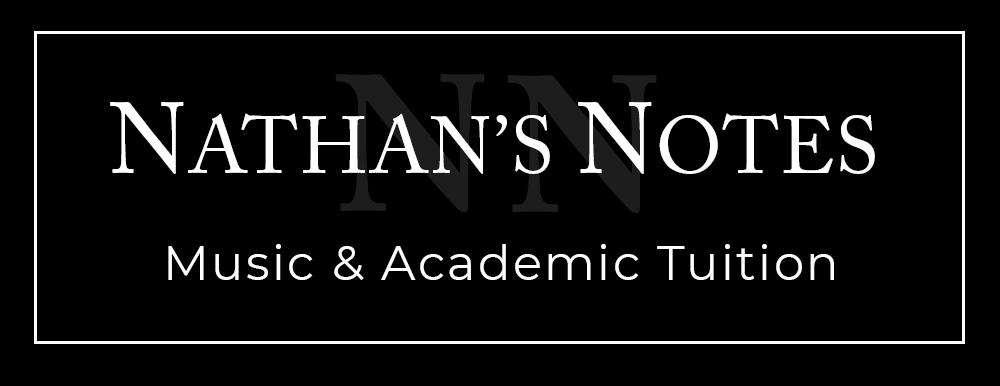HOW WE TEACH DRUMS
We teach a variety of styles so that you can achieve your full potential. We teach both adults and children through lessons customised to individual aims.
Benefits of learning Drums
Learning to play the drums teaches more than playing music:
Reduces stress
Increases academic performance
Increases memory capacity
Develops confidence
Improves communication skills
Increases motor skill development
Improves fitness
We travel to students and teach them in their own homes or remotely online. We teach both adults and children in mainly 60 minute, 45 minute and 30 minute lessons. However, extended lessons can be arranged for individual circumstances.
Beginners and more advanced students welcome.
YOUR TUTOR

JAKE
Academy of Contemporary Music
"I have been playing drums since 2005 (aged 10), tutored up into Degree level at the Academy of Contemporary Music.
Having played in an eclectic slew of bands, I have a keen ear for a broad range of genres which plays a key part of my tutoring.
I believe that students should develop their rhythmic vocabulary along to music. This is really invaluable to contextualising their skills, and is fun!"
HOURLY RATES
A full fee cancellation charge is applicable for cancellations of 24 hours or less.
If you do not live within the Oxford area, we are happy to provide you with an hourly rate - depending upon your location.
£40
Per Hour
£30
45 Minutes
£20
30 Minutes
ABOUT DRUMS
The drum is a member of the percussion group of musical instruments. In the Hornbostel-Sachs classification system, it is a membranophone.
Drums consist of at least one membrane, called a drumhead or drum skin, that is stretched over a shell and struck, either directly with the player's hands, or with a percussion mallet, to produce sound. There is usually a resonance head on the underside of the drum, typically tuned to a slightly lower pitch than the top drumhead. Other techniques have been used to cause drums to make sound, such as the thumb roll. Drums are the world's oldest and most ubiquitous musical instruments, and the basic design has remained virtually unchanged for thousands of years.
Drums may be played individually, with the player using a single drum, and some drums such as the djembe are almost always played in this way. Others are normally played in a set of two or more, all played by the one player, such as bongo drums and timpani. A number of different drums together with cymbals form the basic modern drum kit.
[source: wikipedia]
"Playing fast around the drums is one thing. But to play music, to play with people for others to listen to, that’s something else. That’s a whole other world."

